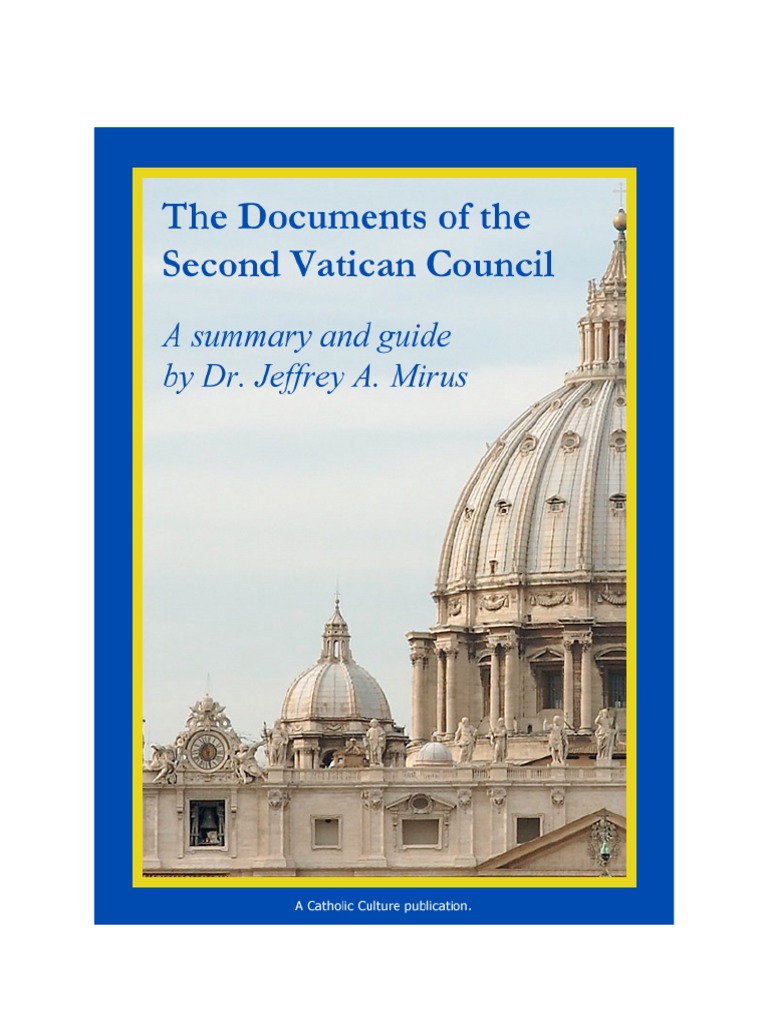The Vatican stands as a monumental testament to the intertwining of faith, artistry, and history. Nestled in the heart of Rome, this sovereign city-state has bequeathed upon humanity an unparalleled legacy. A day spent exploring its treasures can catalyze a profound shift in perspective, invigorating the imagination and piquing one’s curiosity about the confluence of religion and art.
As you approach the Vatican, the imposing silhouette of St. Peter’s Basilica dominates the skyline. This architectural marvel, designed primarily by Michelangelo, is not merely a church; it is an embodiment of the Renaissance spirit. The grandiose dome, which soars to a height of approximately 136 meters, invites visitors to ponder the divine, compelling them to look beyond the earthly realm. Upon entering, the interior enchants with opulence—the interplay of light and shadow, the relief graphics, and the intricate mosaics create an ethereal atmosphere that speaks of a celestial presence.
The sheer scale and magnificence of St. Peter’s Basilica is staggering. As you traverse its marble floors, beneath your feet lie the remains of innumerable pontiffs, each contributing to the rich tapestry of the Church’s storied past. Exploring the aisles gives way to the exquisite Baldachin, a monumental canopy designed by Bernini, which is often considered the pinnacle of Baroque artistry. The delicate balance of grandeur and intimacy within this space prompts contemplation of the spiritual and cultural lineage that has shaped Catholicism over centuries.
A mere stone’s throw away is the Vatican Museums, a sprawling collection that enshrines some of the most exquisite artworks known to humankind. The Museums are not just a visual feast but also a labyrinthine journey through time. Each corridor serves as a vessel for stories that transcend eras. One cannot help but be astounded by the frescoes of Raphael, particularly in the Rooms of Raphael, where the School of Athens mural symbolizes the harmony between art and philosophy. Such masterpieces provoke inquiry into the influences that have sculpted Western artistic heritage.
As visitors ascend the staircase leading to the Sistine Chapel, an aura of reverence envelops them. The chapel is not only a space of liturgical significance but a sanctum of artistic genius. Michelangelo’s Sistine Chapel ceiling—painted over four years—is a magnum opus of biblical narratives. The Creation of Adam stands as a poignant reminder of the innate connection between humanity and divinity. The vibrant colors and dynamic figures compel observers to linger longer, igniting curiosity about the interpretations and teachings of the Christian faith. To gaze upon this ceiling is to participate in a dialogue that transcends the ages.
Art is not merely aesthetic in the Vatican; it is imbued with profound theological implications. The works housed within are not only meant to inspire wonder but to convey the stories of salvation, sacrifice, and divine love. Each brushstroke narrates a narrative steeped in biblical history, urging visitors to delve deeper into the themes of redemption and grace. This profound blend of faith and artistry is, in itself, a springboard for broader discussions about the role of art in spiritual expression across cultures.
Furthermore, the Vatican Gardens offer a contrasting tranquility to the bustling energy of the Museums and Basilica. Enshrined within these verdant landscapes are lush flora and meticulously curated sculptures, an oasis of serenity amid the urban sprawl. A stroll through these gardens inspires reflection—similar to the meditative practices that underpin many religious traditions. The harmonious blend of nature and artistry in this sacred space encourages one to consider the stewardship of the earth—a pertinent theme in contemporary discourse surrounding environmental responsibility.
Moreover, a visit to the Vatican exhorts contemplations on the pivotal role of the institution within the global political realm. The Vatican’s diplomatic endeavors, influencing socio-political landscapes, provoke inquiry into the intersection of faith and governance. The presence of the Holy See at international forums speaks volumes about its commitment to humanitarian issues and global peace, themes that resonate with anyone invested in fostering a more equitable world.
Concluding a day at the Vatican, one inevitably grapples with the myriad of experiences encountered. Each corner of this hallowed ground implores visitors to not merely observe but to engage—to question dogmas, to appreciate beauty, and to consider the deep-seated connections that bind us all in a shared human experience. The Vatican holds a mirror reflecting both the triumphs and tribulations of the human spirit.
In essence, a pilgrimage to the Vatican promises much more than a passive sightseeing spree; it invites an active exploration of faith, art, and history. This encompasses a profound re-examination of one’s beliefs and values, fusing together personal reflections and broader societal considerations. As one departs, the lingering questions transform into motivations for a more contemplative existence, urging stewardship not just of culture, but of the delicate balance of our planet itself.
In reconsidering the nuances of this extraordinary enclave, we can cultivate a lasting understanding of our roles within the broader narrative of not only our own lives but those of generations past and those yet to come. The Vatican thus stands testament to the timeless dance between the sacred and the artistic, sparking curiosity that reverberates far beyond its ancient walls.
